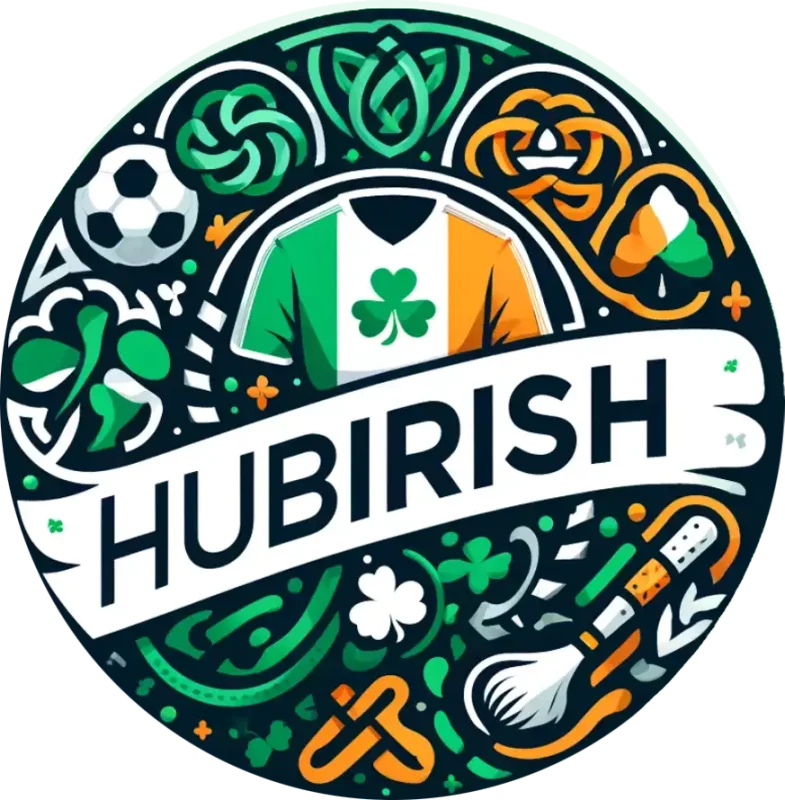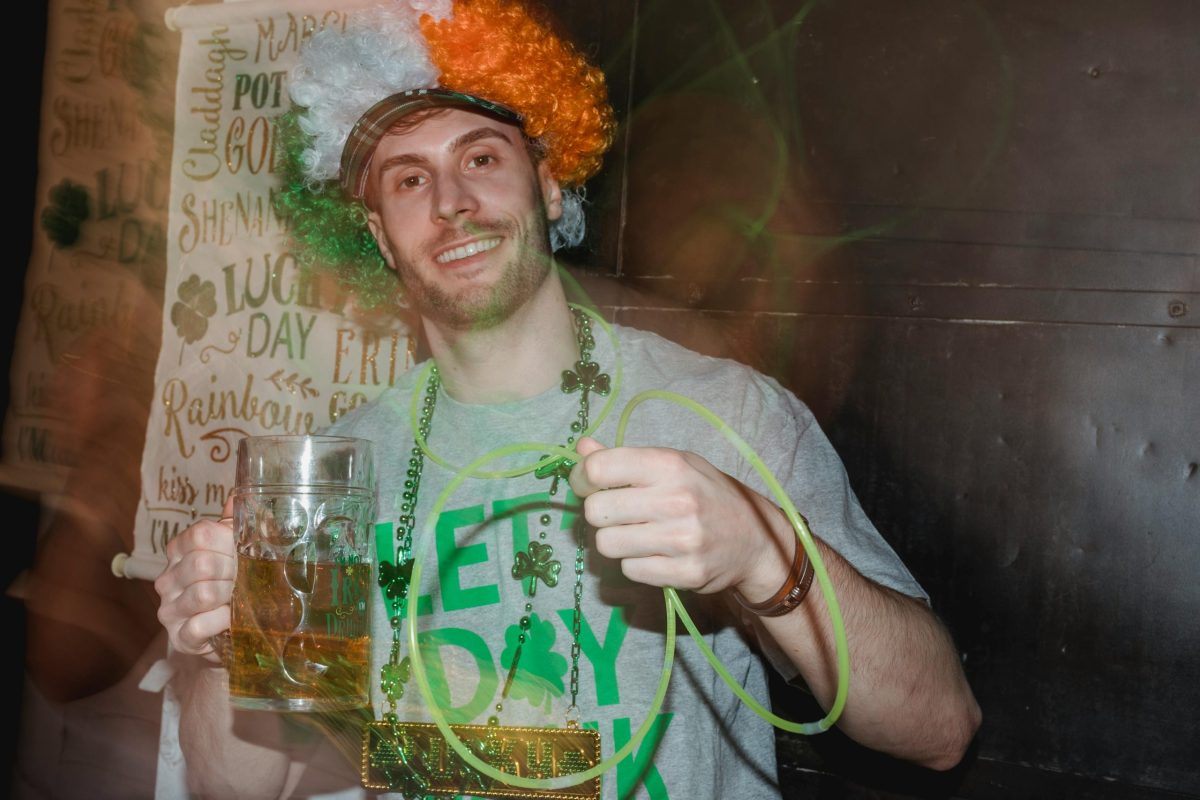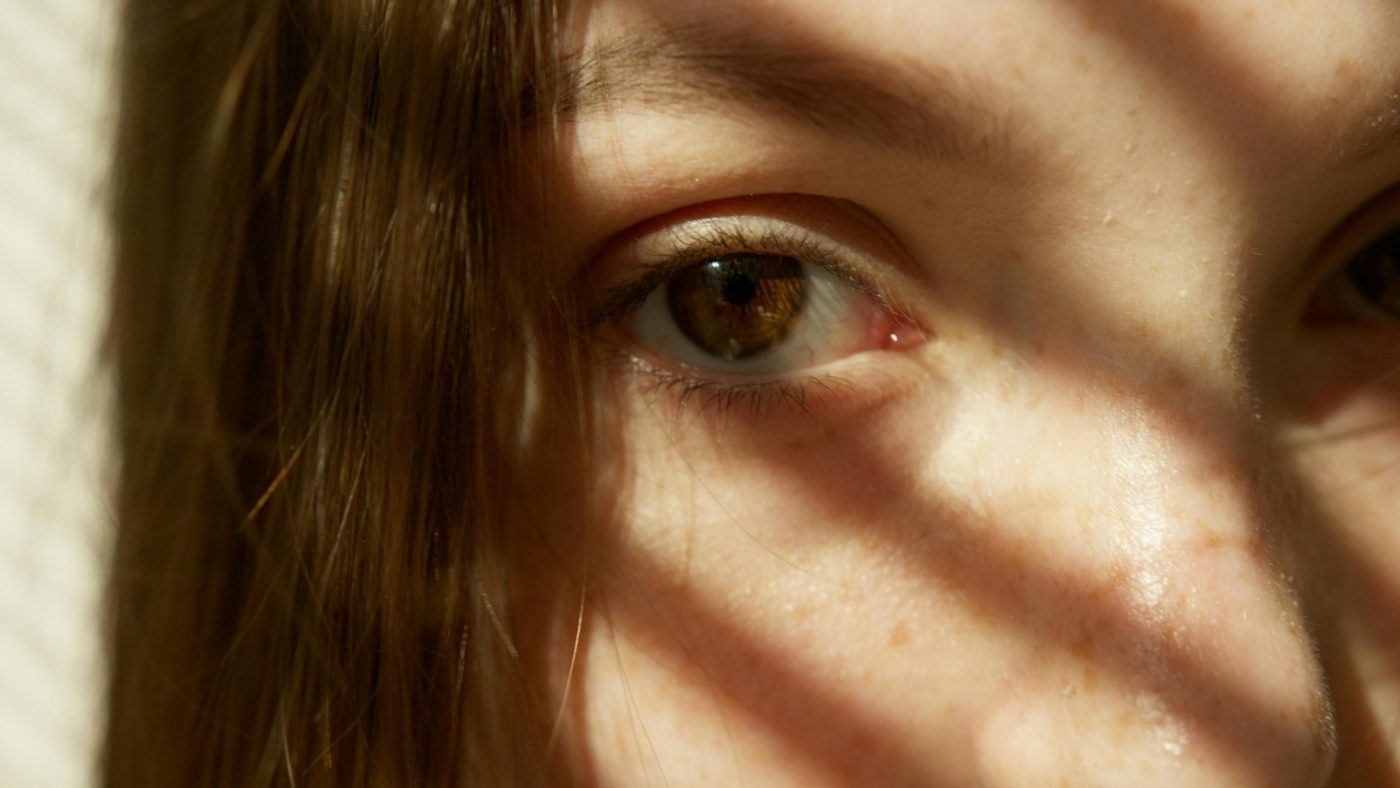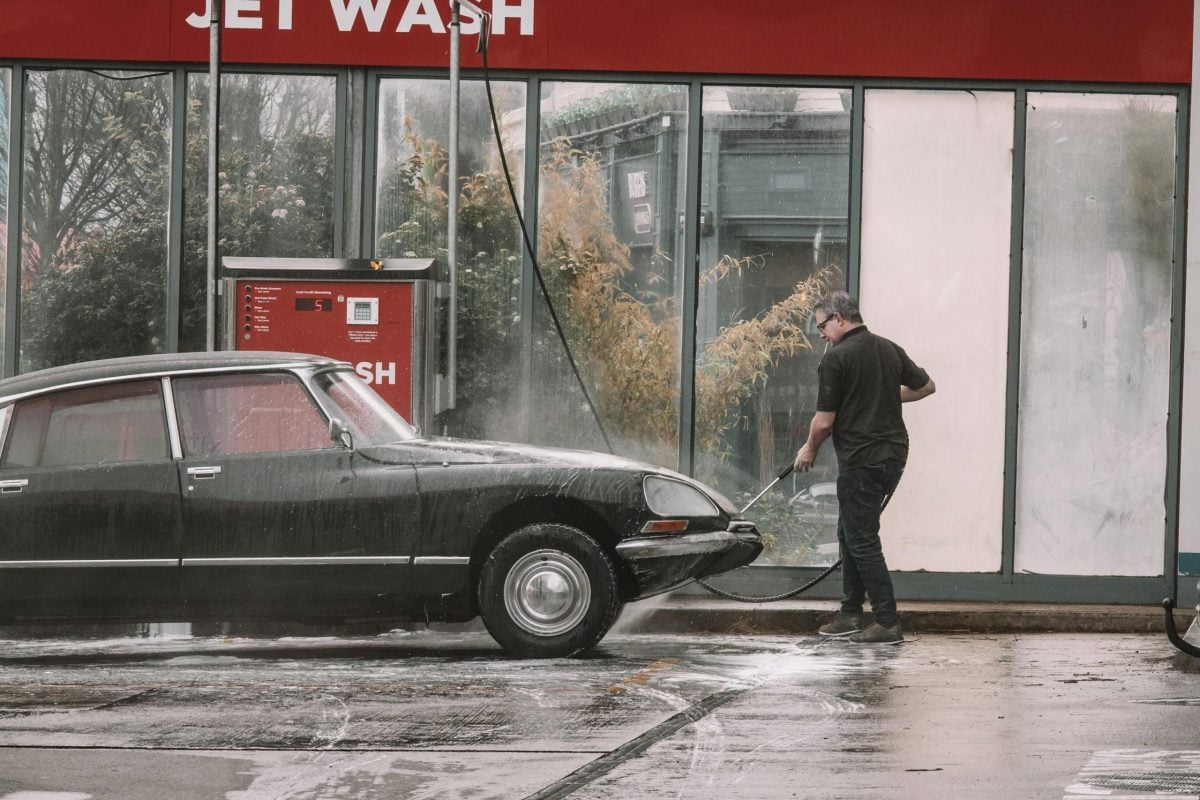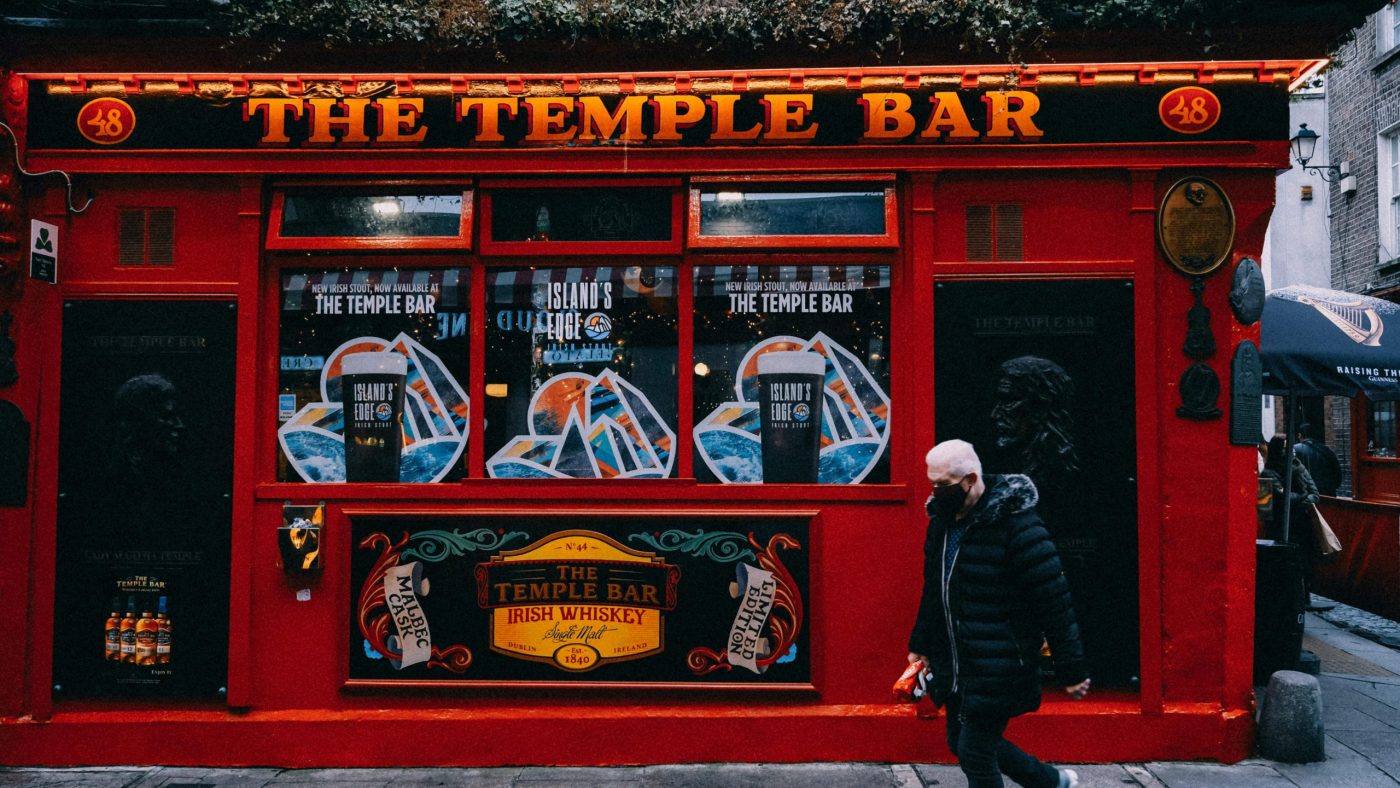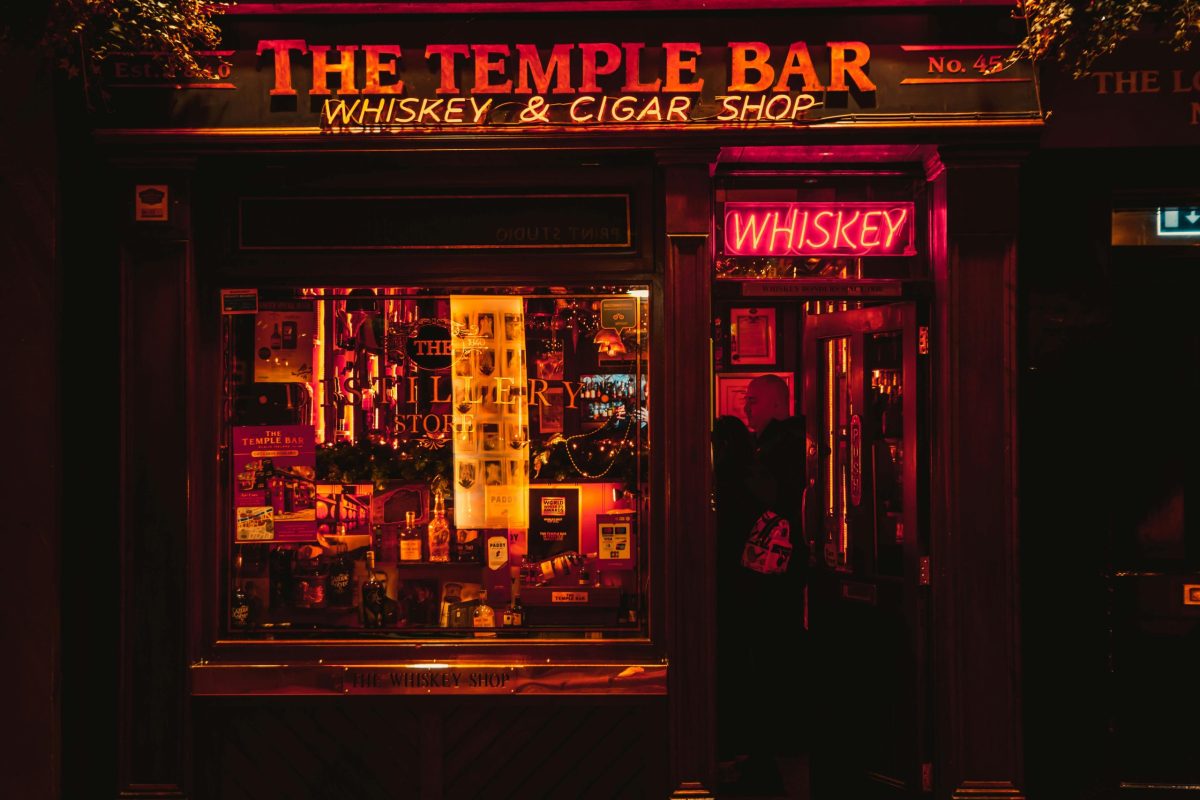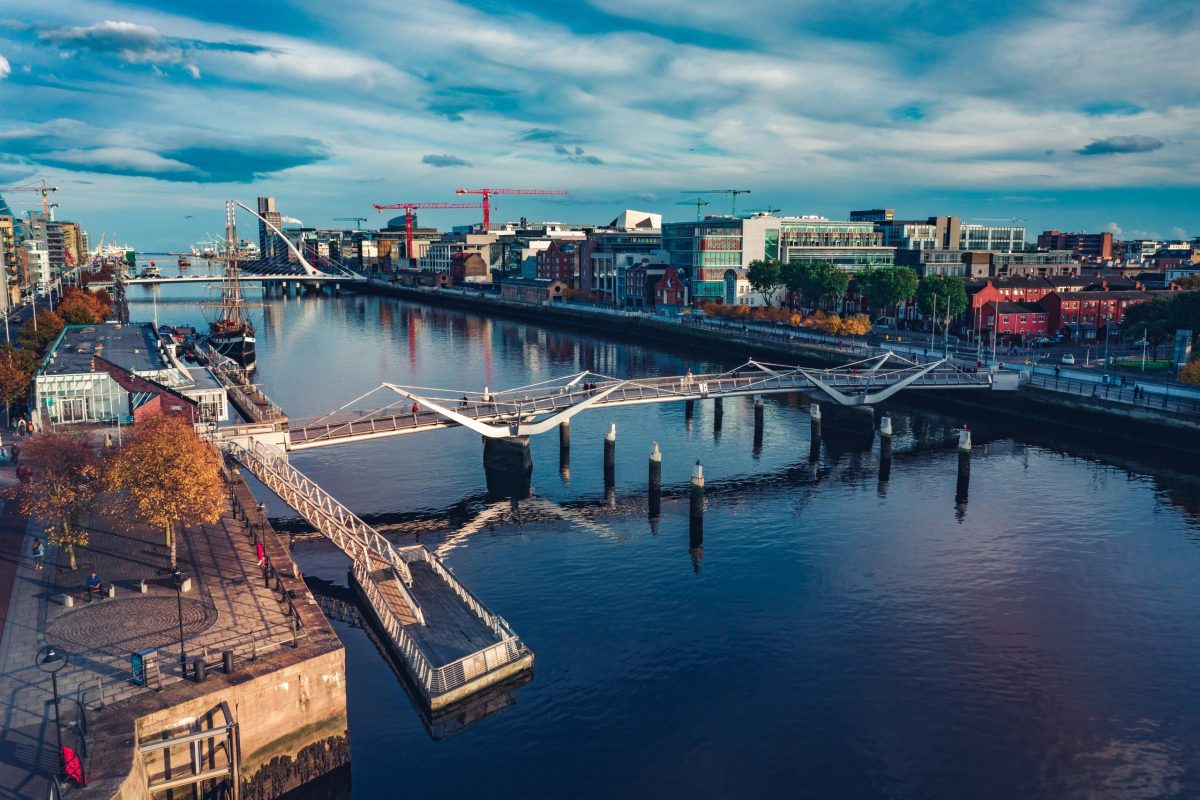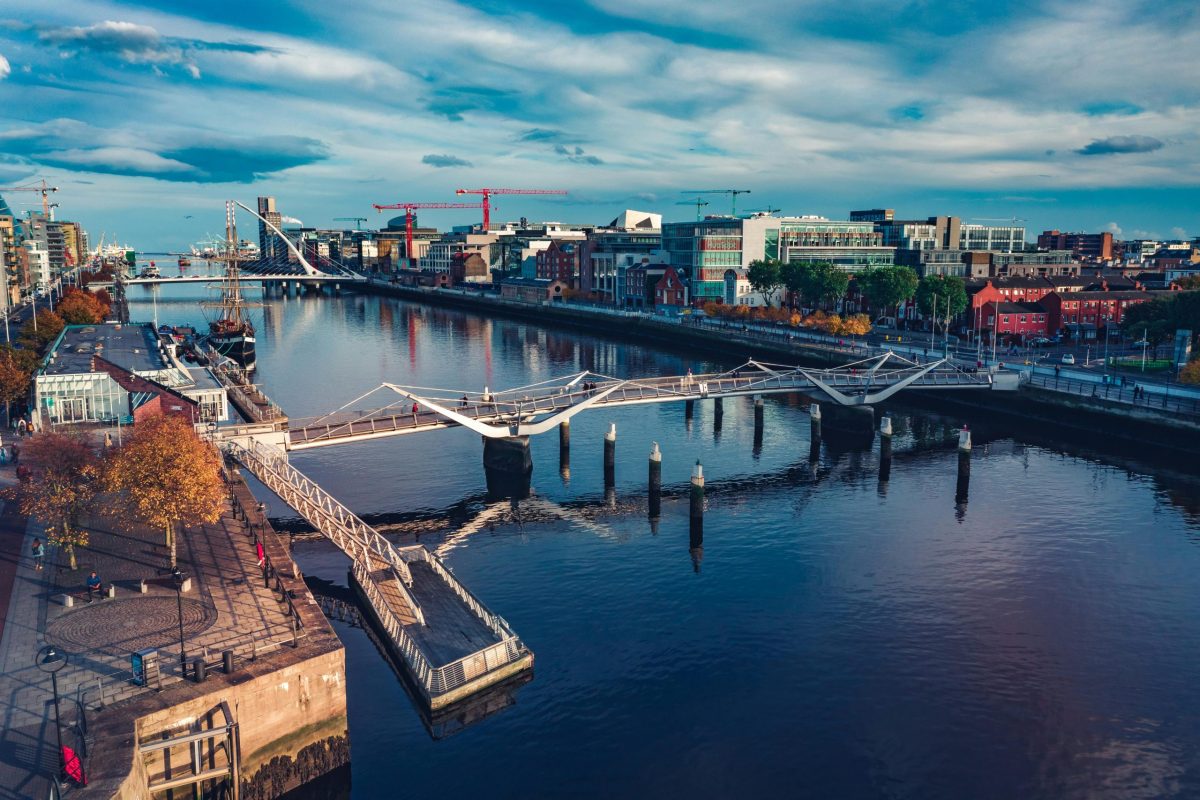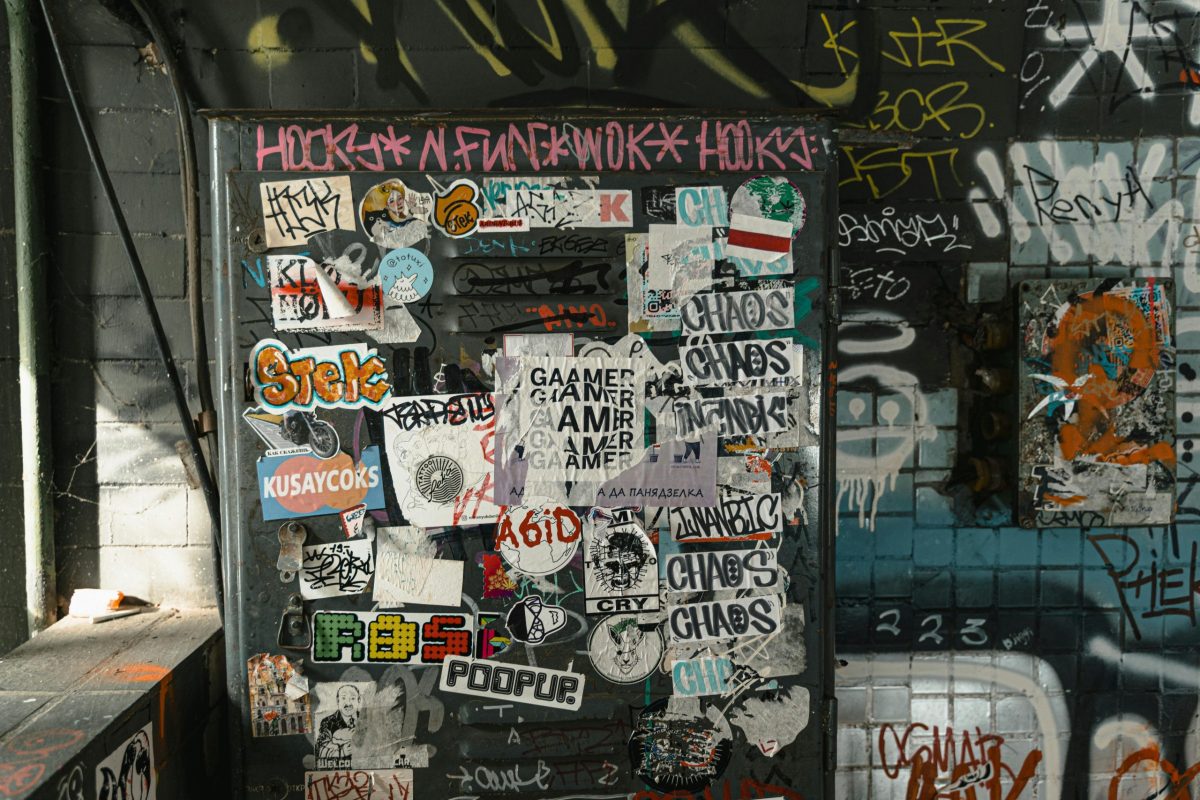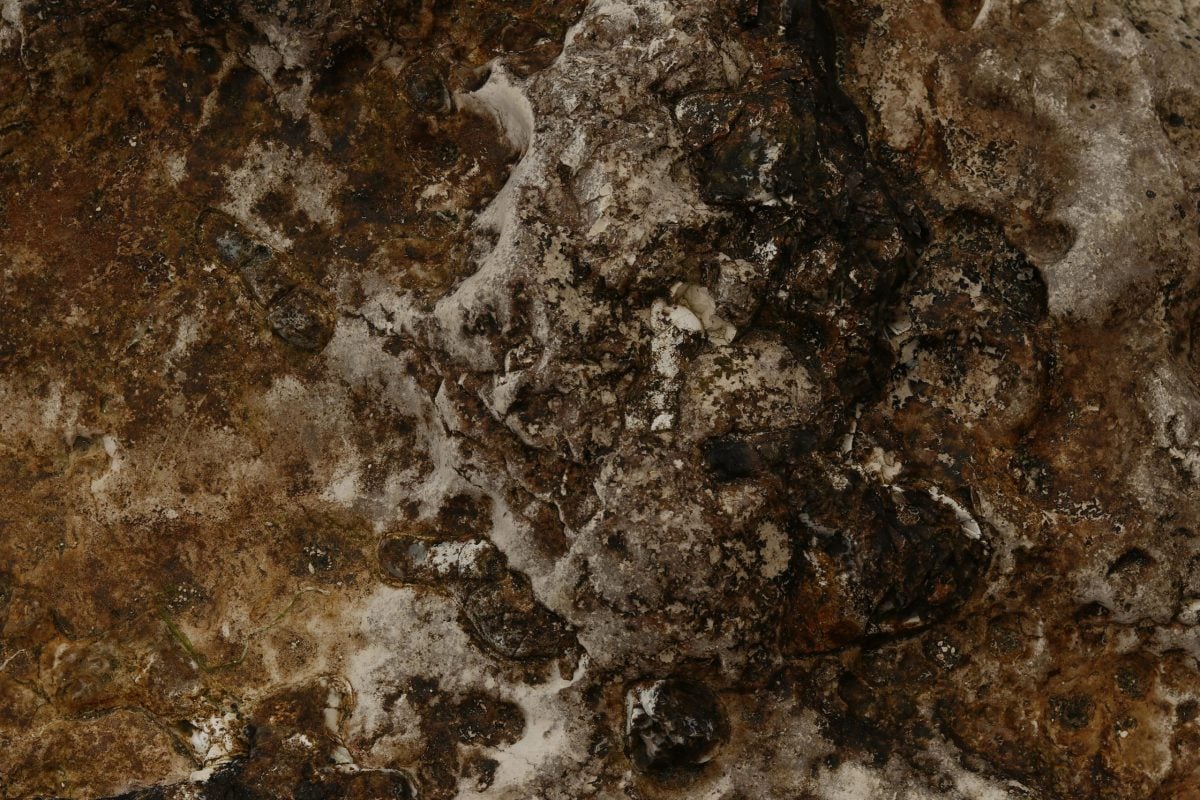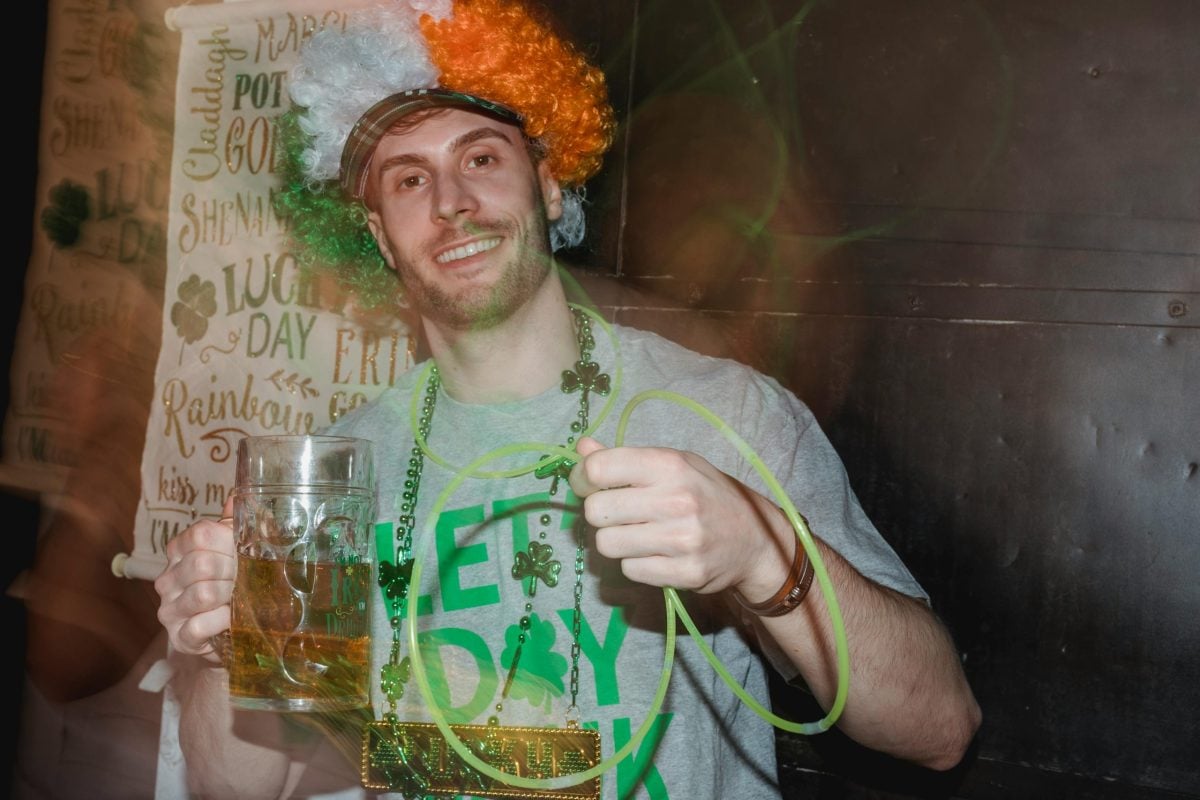Whiskey and the Wild Atlantic Way: How a Bottle of Jameson Became the Soul of Irish Hospitality
Estimated reading time: 6 minutes
Key Takeaways
- Whiskey, especially Jameson, is central to Irish culture and hospitality.
- The Wild Atlantic Way offers stunning experiences that enhance whiskey appreciation.
- Jameson serves as a bridge for connection across the global Irish community.
Table of Contents
Introduction
The Heart of the Story
The Wider Echo
The Now & The Next
Did You Know?
FAQs
Final Word
Introduction
Ah, the Wild Atlantic Way—a ribbon of rugged coastline that sings the ballads of old. Its cliffs kiss the waves, and its winds carry tales of fishermen and dreamers. But what’s the best way to tell these tales? With a bottle of whiskey, of course. Not just any whiskey, mind you, but a drop of Jameson that wraps itself around your soul like a snug wool blanket. Pour one for yourself, and let’s dive into how that golden nectar became the heartbeat of the Irish way of welcoming, mourning, celebrating, and remembering.
The Heart of the Story
In the corners of a quaint pub in Galway, where the laughter dances like the flickering firelight, you’ll find a half-empty glass sitting on the table. It’s a refuge for stories of love, loss, and everything in between. A storyteller leans in, and as the whiskey slides down, memories pour out. “Did I ever tell ye about Seamus and the storm?” he’d begin, and immediately the room would hush. With every sip, the Jameson binds the crowd closer, every heart warmed by the knowledge that this golden spirit has witnessed our joys and sorrows, our reunions and farewells.
The Wider Echo
Now, this isn’t just about a drink; it’s about heritage, about how whiskey and the art of pouring it have shaped our identity. They say, “A nation’s greatness is measured by how it treats its slowest members,” but I reckon it’s also about how we toast to the high and low tides of life. As our global diaspora gathers on patios from Boston to Sydney, our embassies are not just brick and mortar but places filled with the spirit of Irish hospitality. And there’s Jameson—pouring memories across the miles, a bridge connecting hearts under distant stars. After all, what’s a home if not the laughter shared over a drink?
The Now & The Next
Today, as we sit on the razor’s edge of change—housing crises, the cost of living dragging us down like an anchor—we cling to what matters. A pint with a pal or a glass of whiskey with family can lighten the burden and remind us that we are more than our struggles. Whether it’s your kid proudly donning a GAA jersey in Dublin or your grandmother stirring stories into a pot of stew in Kerry, Jameson lingers in our lives, anchoring us in tumultuous seas. It’s the unifying spirit that compels us to raise our glasses—to resilience, to rebellion, but most crucially, to each other.
Did You Know?
- Jameson has been produced in Ireland since 1780, making it one of the oldest distilleries in the world.
- The Wild Atlantic Way spans over 2,500 km, making it one of the longest scenic drives in the world and a top time for whiskey enthusiasts to mingle with locals.
FAQs
Why is whiskey important to Irish culture?
Whiskey is more than a drink; it’s a symbol of Irish warmth and community, often accompanying our life’s most pivotal moments—from christenings to wakes.
How should I drink Jameson?
Neat, on the rocks, or in a cocktail—any way you decide, just make sure to share it with friends, for that’s where the true magic lies!
Final Word
So there you have it—whiskey and the wild ways of our lives intertwined in every drop. As you pour the next round, remember that each sip is an invitation to connection, a celebration of all that we share. And wherever you roam, if you carry the same pride we do, you’ll find a piece of home waiting at
HubIrish.com.
